Warehouse space is precious, and maximizing it can mean the difference between smooth operations and costly inefficiencies. If you're looking for a solution that boosts both storage capacity and workflow, mobile pallet racking might be your answer.
The global warehouse racking market is expected to reach nearly USD 14.63 billion by 2034, with a CAGR of 4.09%. This steady market growth highlights the increasing adoption of space-saving solutions like mobile pallet racking systems.
But with this rise in demand comes a range of costs. Let’s break down what influences the pricing and how to make a smart investment.
Mobile pallet racking systems are designed to maximize storage capacity by allowing racks to move on tracks, creating aisles only when needed. This is in contrast to static racking systems that have fixed aisles for accessing goods. The flexibility of a mobile racking system enables the storage of more pallets in the same space.
The key components of a mobile racking system include the rails, drive mechanism (manual, semi-automated, or fully automated), and the racks themselves. Depending on the features, the cost for these systems can range from $200 to $500 per pallet position for standard setups, while customized options with advanced features can increase this price significantly.
Also Read: Pallet Rack Safety Guidelines and Best Practices
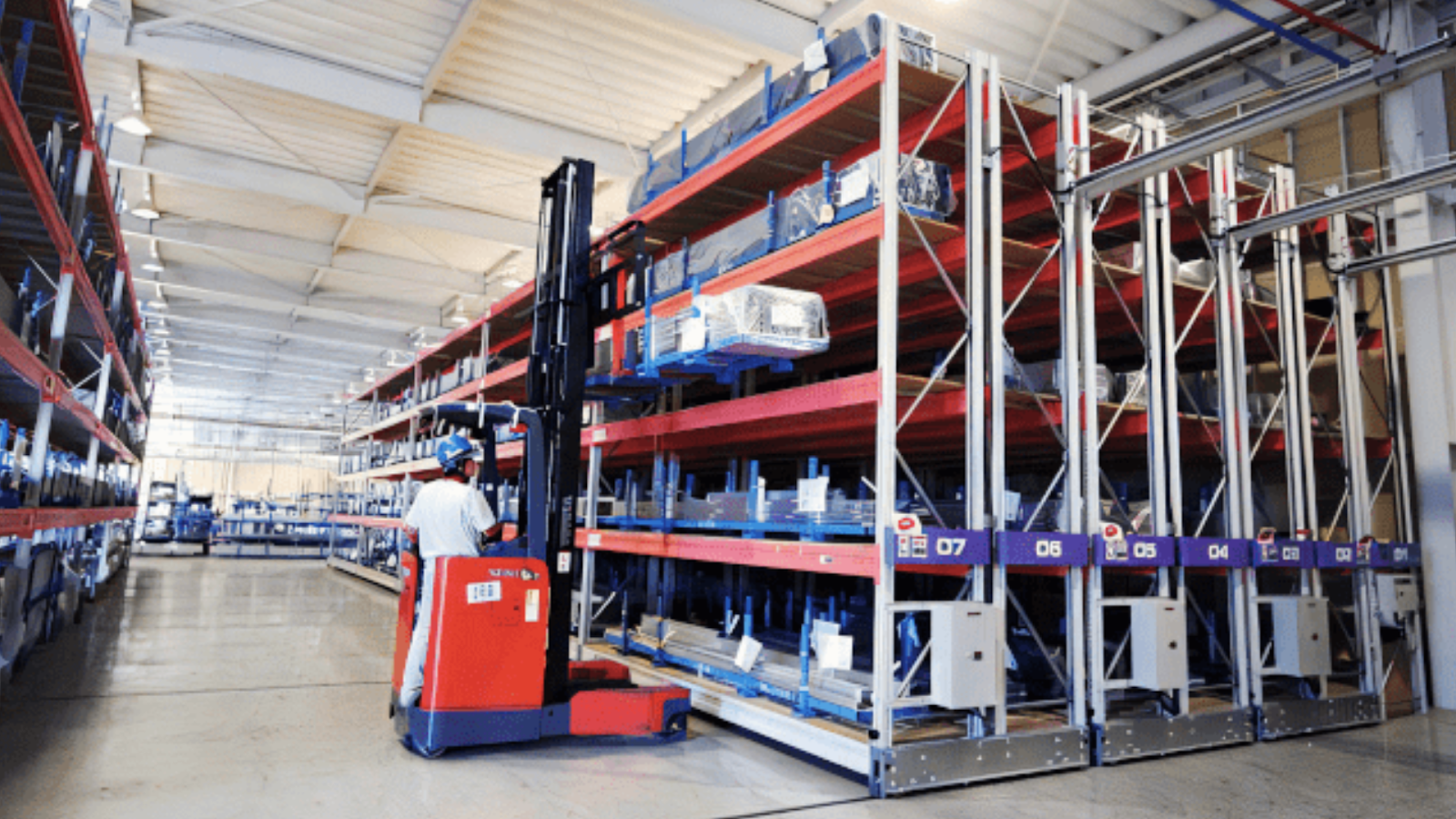
Mobile pallet racking systems enhance warehouse efficiency by maximizing storage, improving inventory access, and enhancing workflow. These solutions reduce costs, boost warehouse safety, and support sustainability goals.
Mobile pallet racking systems can increase storage capacity by up to 100% compared to traditional racking, thanks to the removal of fixed aisles. This space-saving feature directly impacts your bottom line by reducing the need for additional warehouse space.
Mobile racking systems provide faster access to inventory, reducing the time spent looking for and retrieving pallets. The cost of faster access is often outweighed by the labor savings and improved throughput, making the initial investment worthwhile for busy warehouses.
With mobile racking, you can simplify operations by reducing unnecessary forklift traffic, leading to better safety outcomes. By providing clear and accessible aisles only when needed, you minimize the risk of accidents, which directly impacts your operational costs in the long term.
Automated mobile racking systems are often designed with energy-efficient motors, further reducing long-term operational costs. This sustainable approach makes it easier to meet corporate environmental goals while cutting down on energy use.
The cost of mobile pallet racking systems varies based on configuration, installation complexity, and long-term savings. Let’s break down what impacts the price and how to optimize costs.
The initial cost for mobile pallet racking varies significantly based on the configuration and customization:
Additional costs may arise from customizations, such as:
Installation costs typically represent 20-30% of the total price. For example, if the total purchase price of your racking system is $100,000, installation could range between $20,000 and $30,000. Key factors influencing installation costs include:
While the initial cost might seem high, mobile pallet racking systems offer substantial long-term savings:
Also Read: 10 Differences Between Pallet Racking and Shelving
Get a Custom Mobile Pallet Racking Solution for Your Warehouse
Sign up to receive a free quote and expert advice tailored to your storage needs.
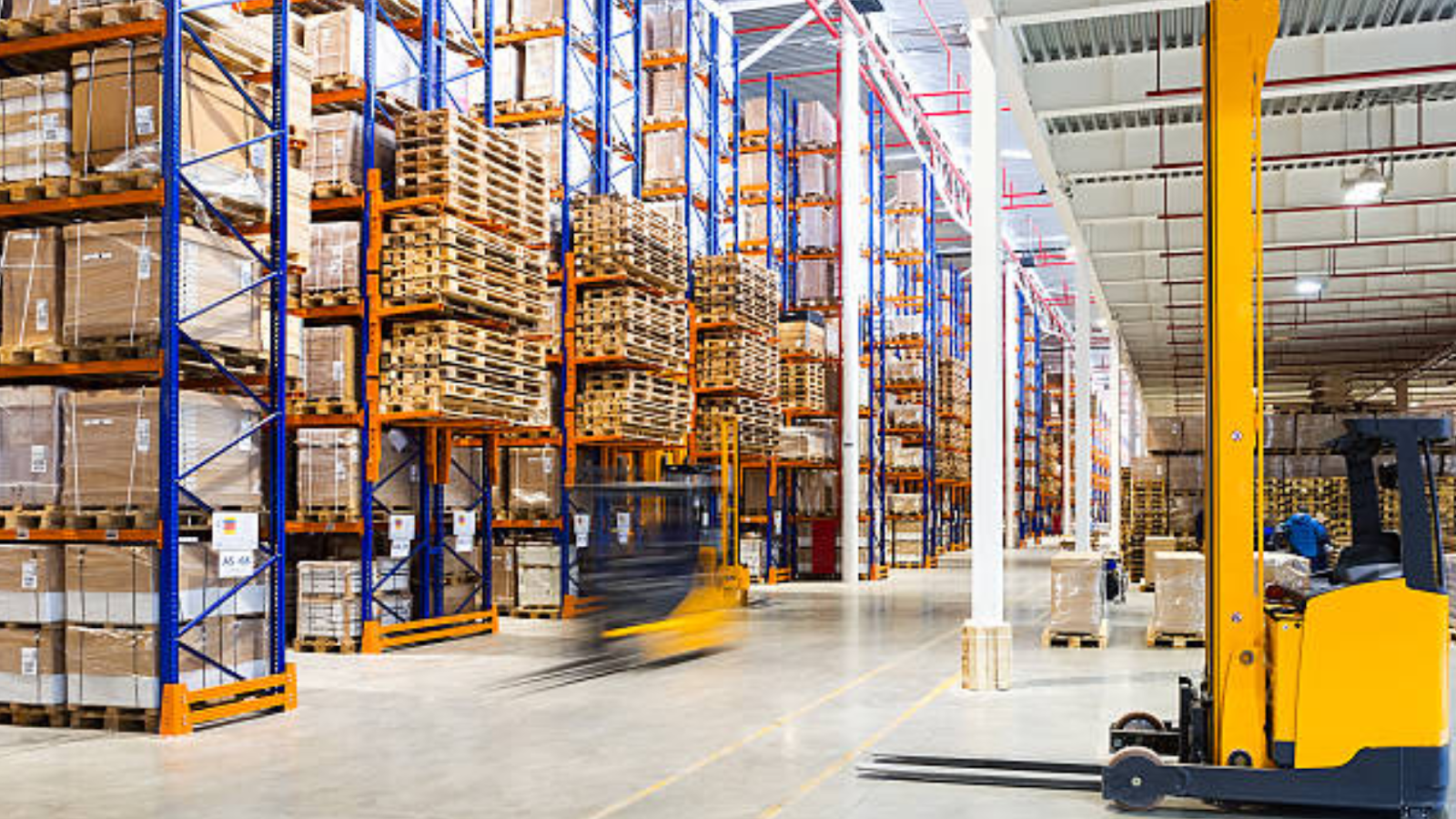
Several key factors, including warehouse size, load capacity, automation, and supplier location, significantly impact the cost of mobile pallet racking systems. Let’s explore these in detail.
The size and layout of your warehouse play a huge role in the final price. Larger warehouses require more extensive systems. For example, if you have a 10,000 square foot warehouse, expect the costs for a full mobile pallet racking system to range between $50,000 and $100,000.
Ceiling height is another important factor; higher systems will require more materials and may add 10-20% to the cost.
The material of your racking system affects both cost and durability. Steel is a standard choice due to its strength and longevity, but it adds more to the cost. Light-duty systems (under 1,000 lbs per pallet) start around $150 per pallet position, while heavy-duty systems (over 5,000 lbs per pallet) can reach $700 or more.
Automation plays a big role in the price:
Costs may fluctuate based on the supplier's location and where the system will be installed. For instance, local suppliers may offer lower shipping and installation costs, whereas international suppliers may provide bulk discounts but increase shipping expenses.
Cost per pallet position is a useful metric when estimating the overall system cost. For a typical mobile racking system, expect the cost per pallet position to be anywhere from $200 to $600. For example, outfitting a 500-pallet system could cost anywhere from $100,000 to $300,000, depending on automation, layout, and material choices.
When choosing between mobile and static racking systems, it's important to consider both upfront costs and long-term value. While mobile systems typically come with a higher initial price tag, they offer significant advantages in terms of space savings, labor efficiency, and scalability. Let’s take a closer look at how the costs compare:
In conclusion, while mobile racking systems have a higher upfront cost, they provide greater long-term value through space optimization and improved workflow efficiency. This makes them the more cost-effective option for many businesses in the long run.
When evaluating the total cost of ownership (TCO) of mobile racking systems, it’s essential to consider both upfront and ongoing costs:
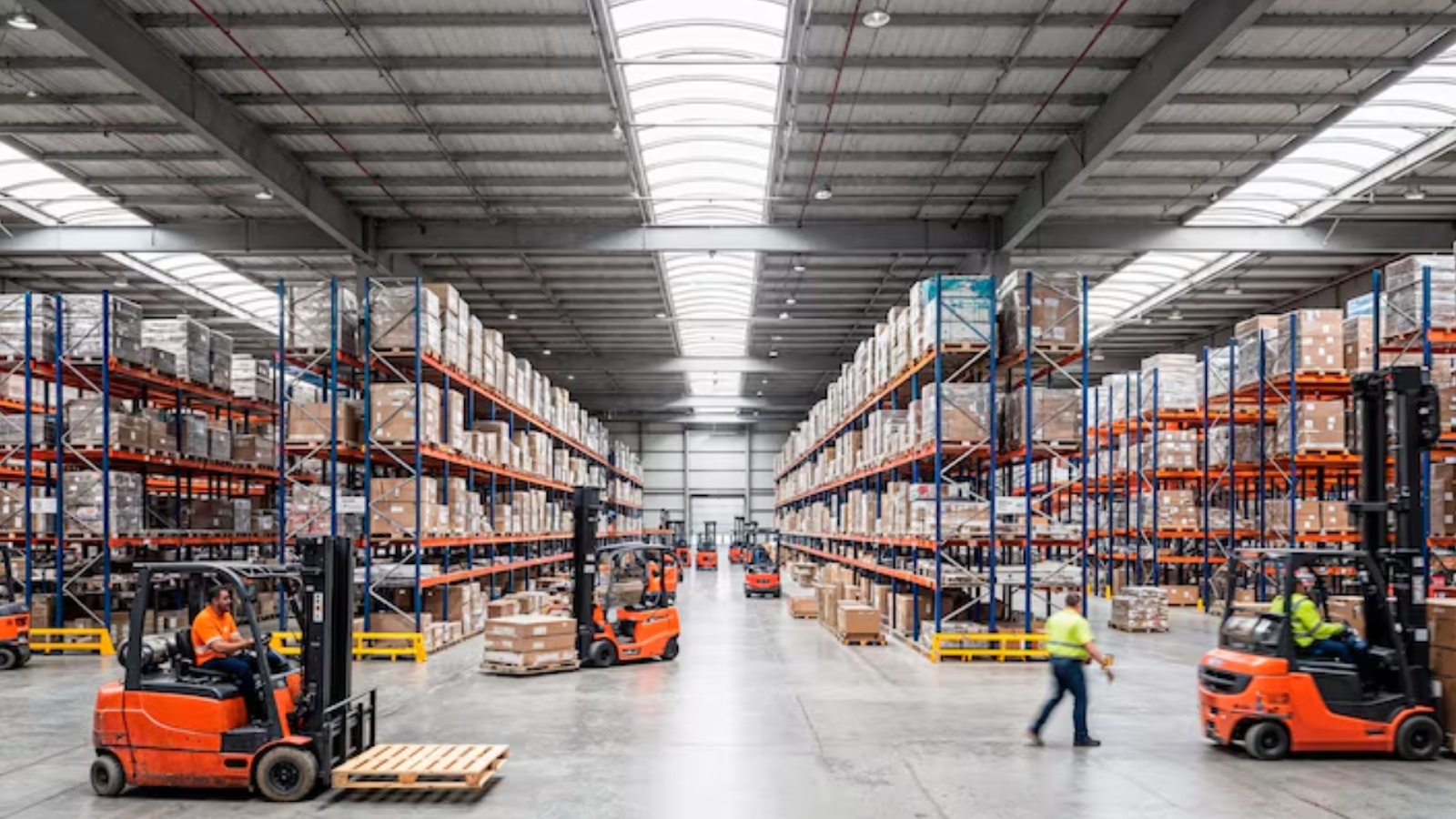
To make the most of your investment in mobile pallet racking, it's important to plan ahead and implement strategies that reduce both upfront and long-term costs. Here are some key tips to help you save:
A thorough audit of your warehouse layout and inventory flow can help minimize unnecessary purchases. For example, using software to simulate the layout and adjusting aisle sizes can save 10-20% on costs.
Selecting the right supplier and installation partner is key to controlling costs. It’s worth getting quotes from at least three suppliers. You must then compare prices to ensure you’re getting the best value. Consider bundling services like installation and maintenance to cut overall costs.
Ongoing maintenance and staff training can help extend the life of your system and avoid unexpected repairs. Proactive upkeep can prevent costly downtime and keep your system running smoothly.
Modular systems are an excellent option for growing businesses. They allow you to start with a smaller setup and expand as your needs increase, which can reduce your initial investment.
Also Read: Standard Pallet Sizes and Dimensions Guide
When budgeting for a mobile pallet racking system, it’s essential to account for all costs, both upfront and long-term.
For example, a 10,000 sq ft warehouse could have the following breakdown:
This breakdown gives a clearer picture of the financial investment required for mobile racking systems.
When it comes to optimizing your warehouse space, Source Equipment stands unmatched in delivering cutting-edge pallet racking solutions that redefine efficiency. With over 30 years of industry experience, we are trusted by businesses nationwide to solve their toughest storage challenges.
Our custom-engineered mobile racking systems don’t just maximize space; they transform your workflow, reduce labor costs, and improve safety in ways that static systems can’t match. We partner with industry leaders like Husky Rack & Wire to offer you the most durable, reliable, and scalable solutions.
Mobile pallet racking systems offer great flexibility and space efficiency, but the cost can vary based on several factors. By understanding the pricing structure and what affects the overall cost, you can make a well-informed decision that provides the best return on investment for your warehouse operations.
Whether you’re managing a growing inventory or optimizing a busy facility, Source Equipment makes sure your storage solution is customized, professionally installed, and supported every step of the way.
Contact Source Equipment today to improve your warehouse operations and get the most out of your space.
You can use static pallet racking or push-back racking systems, both of which offer efficient storage solutions, but do not maximize floor space like mobile pallet racking systems.
While it’s possible, it’s not recommended unless you have experience. Professional installation ensures correct alignment, safety, and compliance with regulations, which can prevent costly mistakes and operational issues.
Mobile pallet racking systems typically last 15 to 20 years with proper maintenance. Regular checks and upkeep help extend their lifespan by preventing wear, corrosion, and system malfunctions.
Yes, mobile storage racks enhance efficiency by maximizing space, reducing labor time, and improving inventory access. They simplify operations, optimize floor space, and increase overall productivity in busy warehouses.


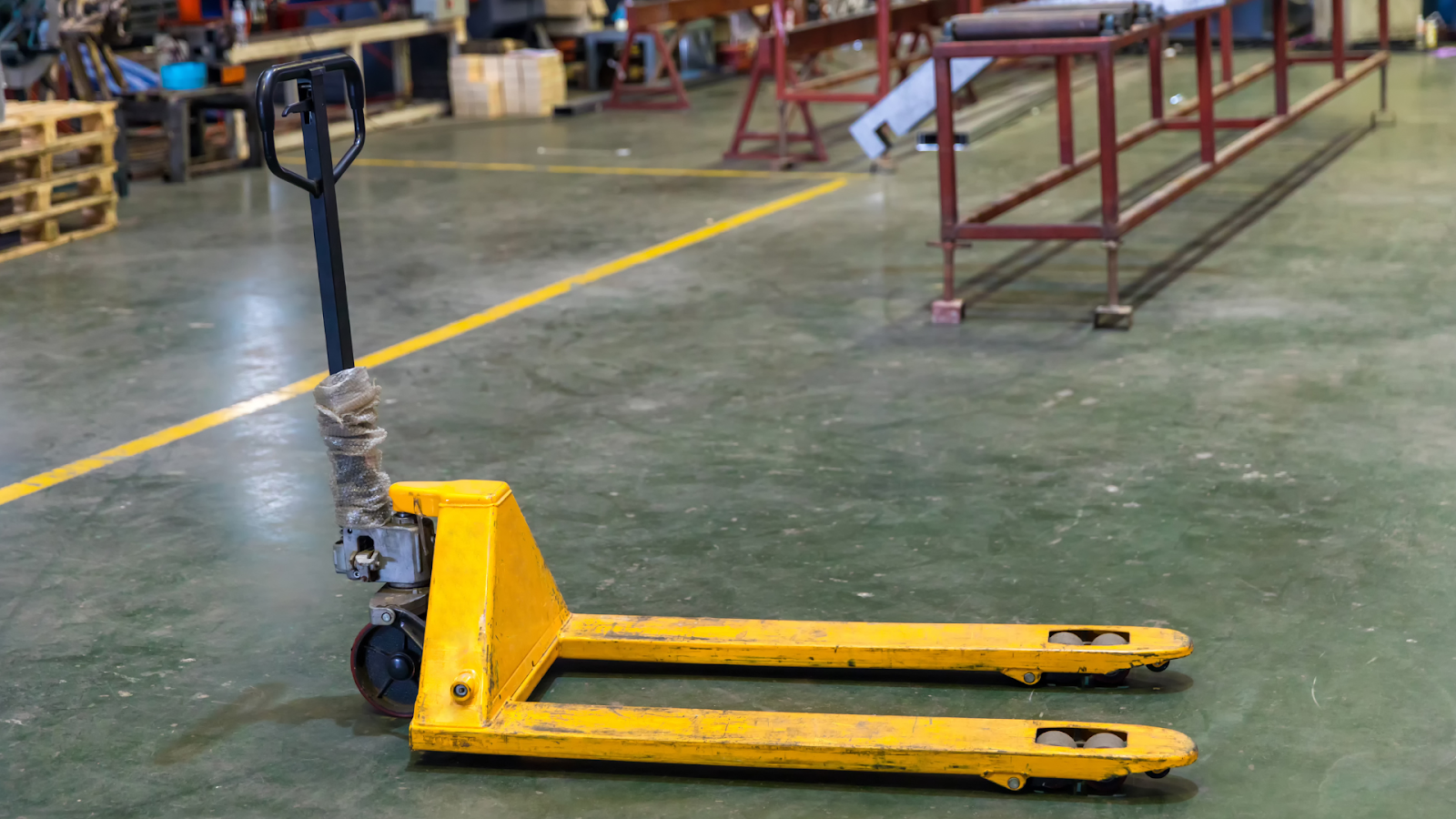
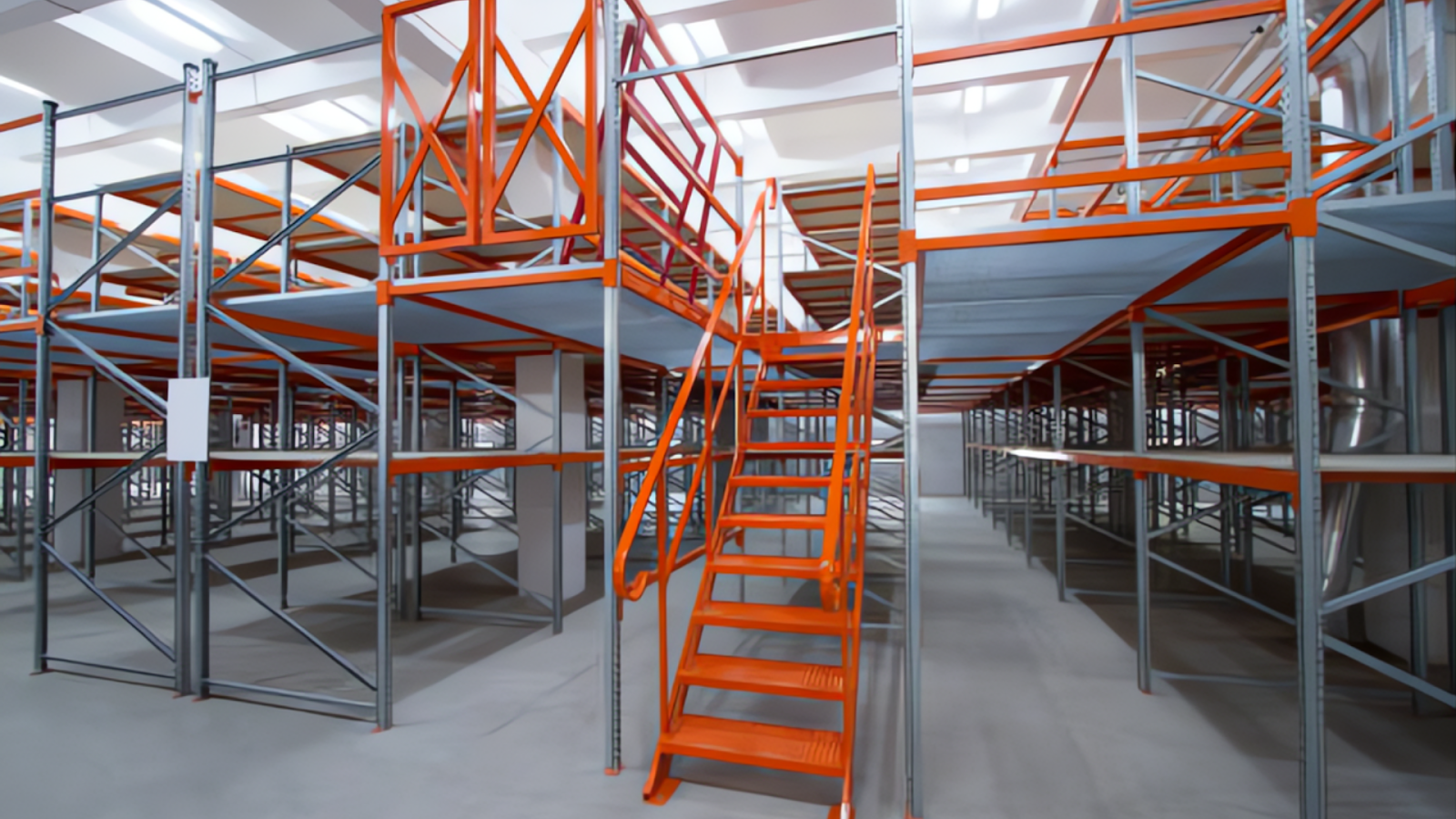
Ready to Upgrade Your Process Operations?